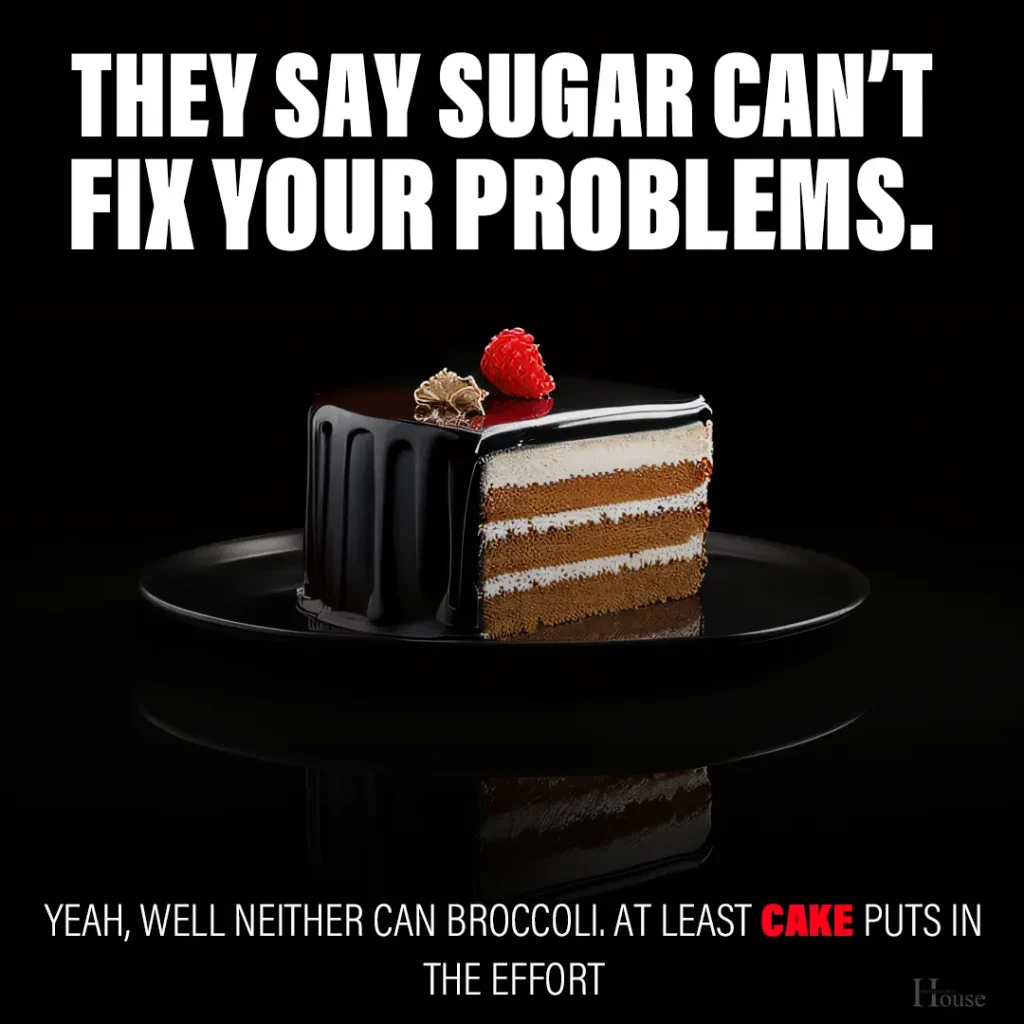The American Dream: A Changing Ideal
Whether you were alive during the 1950s or not, you’ve probably heard of the American Dream. It was about creating a better life for you and your family than the one you had as a child. It was about homeownership and finding a job you could call your own until retirement. It was about raising your family in a safe place, experiencing brotherly and neighborly love, and spending time doing what made you happy with the people who mattered most.
Maybe the American Dream of yesterday was laced with simplicity—simplicity that seems to have gone out of style. But it was those threads of simplicity that wove the dream into a life quilt that kept you warm.
The Shift in the American Dream
Today, people are frantic. Jobs and relationships change with little thought. In fact, most people stay in a marital relationship for less than seven years and work at a job for no more than five years in a row. The white picket fence that once encircled the modest 3-bedroom, 2-bath home—just big enough to raise a family—has evolved into a split-level, 3,500-square-foot mini palace, with a private bathroom for every household member. And now, many people don’t even have enough money left by the end of the month to install that white picket fence.
Politicians constantly reference the American Dream, but the economy, joblessness, and foreclosure rates keep climbing. Mental health issues among Americans are rising, and although technological advances in medicine should be increasing our lifespan, the opposite is true. The culprit? Stress. Today, more than half of all American children are raised in daycares or by someone other than their parents, so both can work long enough and hard enough to make ends meet—and maybe even take that expensive trip to Disneyland.
Interestingly, while the American Dream seems to be slipping away for many Americans, people from other parts of the world continue to exploit themselves and their families just for a fleeting glimpse of the opportunity America offers. Beyond our shores, the American Dream is still visible. But Americans have become blind to it. We’ve become broke, narcissistic, and entitled in our pursuit of what once was a simple desire for happiness. Now, nothing is ever enough. No amount of money seems to pay the bills, and there is no limit to how high the skyscrapers can reach—blurring the rainbows that once symbolized hope in the United States.
In a Xavier University poll, around 60% of Americans felt that the nostalgic American Dream was now unattainable. These 60% believe it is harder now to acquire the things that “really matter” in life compared to their parents’ time. Seeing the growing trend of government dependence and people living beyond their means, you have to wonder if this belief is true or if it’s something people have created on their own.
Around 58% of the American population believes that America is in the midst of a rapid downward spiral, one that threatens the American Dream and may end in complete demolition. While American policy frequently meddles in the affairs of other countries, it has done little to help its own people and seems to have adopted a “broken wing” mentality, egocentric in nature.
The government now borrows more money than it can repay, and many citizens follow suit by living beyond their means, essentially undermining the very essence of the American Dream.
What Defines Happiness Today?
Have our standards become too high? Is it somehow degrading to fall in love, start a family, and live in a used home while driving a Honda in order to achieve happiness? Does corporate loyalty exist, or is it dictated solely by the size of the salary? And most importantly, what is it about the present moment that causes us to define happiness so differently from how we did decades ago?
In 2010, CNN conducted a mass poll to understand what the American Dream meant to people aged 23 to 39. Among the top five things deemed important were hard work, ambition, health, a quality K-12 education, and a stable family. According to this poll, it seems that people today want much of the same things that people in the 1950s and 1960s did. So what sets today apart? Is it because we feel our goals are unattainable? Is it because we cannot self-define success? Or is it simply because our appetite for more, more, more is insatiable?
Sadly, no one seems to have the answer. But one thing is clear: the key to a life well lived isn’t the amount of money in the bank. It’s not the brand of clothing your child wears or even the car you drive or the neighborhood you live in. The American Dream is about having the freedom to live according to your own personal vision of happiness.
Maybe, just maybe, it isn’t the rules that have changed, but our perception of happiness. When you discover what truly makes you happy and choose to live in alignment with that—by your own standards, and feeling good about it—you will have truly embraced the American Dream. It lies within you, not in the country.






One Response
I was writing academic research on the propaganda techniques used in the American dream, and this text/article helped me a lot to know how the American dream affected people. thanks